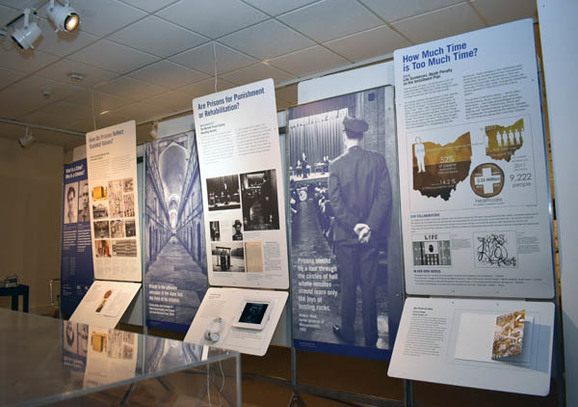
Exploring ‘States of Incarceration’ at the
Michigan History Museum
By SUZANNE FISCHER
Museum Director, Michigan History Center
Michigan Department of Natural Resources
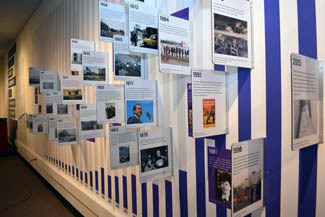 Michigan’s history of incarceration is full of
contradictions.
When Michigan became a state in 1837, one of the first
institutions proposed by the new governor was a prison. A decade later,
Michigan became the world’s first English- speaking government to ban the death
penalty. By the early 20th century, Michigan State Prison in Jackson was the
largest walled prison in the world.
From Sept. 8, 2018, through May 19, 2019, the Michigan
History Center, a division of the Michigan Department of Natural Resources, is
hosting a national traveling exhibition called States of Incarceration at the Michigan History Museum in Lansing.
The exhibit uses history and culture to tackle today’s
urgent questions about incarceration – the act
of confining someone against his or her will – in prisons, jails, detention
centers, and some kinds of schools and hospitals.
The huge rise in
the number of incarcerated people in the U.S. over the past 40 years is called
mass incarceration. According to the American Civil Liberties Union website, the
U.S. incarcerated population has increased by 700 percent, with 2.3 million
people in jail and prison, far outpacing population growth and crime.
“This exhibit is
a great opportunity to think through some of the questions and contradictions
surrounding incarceration in Michigan and the United States,” said Sandra
Clark, director of the Michigan History Center.
|
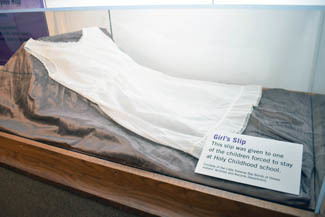
More than 700 university students and formerly incarcerated
individuals from 30 communities, spearheaded by the Humanities Action Lab at
Rutgers University in New Jersey, created the States of Incarceration exhibit project.
The individuals grew up in a United States that
incarcerates more of its people, including immigrants, than any country in the
world – and at any point in its history.
Recently, a new bipartisan consensus concedes the criminal
justice system is broken. There is intense conflict over how to fix it.
In 2015, the students and former inmates came together to
ask: How did this happen? What new questions does the past challenge us to ask
about what is happening now? To find answers, they examined their own
communities’ histories.
Through courses at 30 universities, local teams shared
stories, searched archives and visited correctional facilities. Each team
created one piece of the exhibition, which was launched in New York City in
April 2016.
The project’s run at the Michigan History Museum is a
collaborative partnership between the museum and Michigan State University.
|
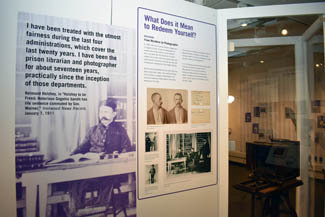
During the fall 2018 semester, MSU history professor Dr. LaShawn
Harris and her students will explore various ways Michigan prisons served as possible
sites of creativity, pleasure and leisure during the early 20th century. They
will contribute a piece to the exhibition, which will be installed in early
2019.
“Students will research the formal and informal
rehabilitation programs, including education, art, music and sports, that
Michigan prisons offered (during that time),” Harris said. “Students will also
look for inmates’ experiences within creative rehabilitative prison programs.”
Michigan History Museum staff also supplemented the
exhibition with information and artifacts about the history of incarceration in
Michigan.
The exhibit includes exceptional historical artifacts from
the Michigan History Center’s collections, including rare prisoner photographs;
elaborate furniture made at the Jackson prison; interactive experiences and
exhibit components developed specifically for children.
To help the 65,000 school children who visit the history museum
every year connect with these complicated histories, the museum developed a
section on the history of youth incarceration in Michigan’s reform schools.
|

In 1856, the State House of Correction for
Juvenile Offenders opened in Lansing. Boys and girls under
18 were sent there for offenses ranging from larceny and vagrancy to foul
language.
Girls were sent to their own institutions
beginning in the 1860s. In 1893, the Lansing school became the Industrial
School for Boys, where residents learned trades they could use upon their
release.
“Sometimes, children worked at the
schools, in the fields or in furniture workshops. At other times, they were
indentured to work in private homes for a set amount of time,” said Rachel
Clark, Michigan History Center education specialist. “County agents
investigated ‘host’ families and did periodic welfare checks on the indentured
children.”
Today's foster care and juvenile-justice
programs learned both positive and negative lessons from Michigan's reform
schools.
Elementary-age visitors to the exhibit can follow a boy and a girl through the
schools and are encouraged to ask, “what is fair?”
The exhibition opens to the public on Saturday, Sept. 8 with special free admission and light refreshments beginning at 11 a.m. and a talk by Dr. Heather Ann Thompson at 1 p.m.
|
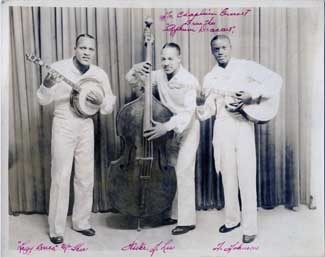
Thompson is a historian at the University of Michigan and
the Pulitzer Prize and Bancroft Prize-winning author of Blood in the Water: The Attica Prison Uprising of 1971 and Its Legacy.
She writes extensively on the history of policing, mass incarceration and the
current criminal justice system and served as an advisor on the States of Incarceration project.
During her talk, which is free and open to the public,
Thompson will speak about her book, as well as the history of mass
incarceration in the United States.
Additional public programs scheduled during the
exhibition’s run will include film screenings, panel discussions, and
presentations that explore the history of incarceration in Michigan and the
United States, as well as current bipartisan efforts to reform the state’s
criminal justice system.
Programs are supported by the Michigan Humanities Council. Admission
to the exhibition is free with regular museum admission. The Michigan History
Museum is open seven days a week. For museum hours and information on the
exhibition and its programs, visit the museum’s website at michigan.gov/museum.
Check out
previous Showcasing the DNR stories in our archive at michigan.gov/dnrstories To
subscribe to upcoming Showcasing articles sign-up for free email delivery at michigan.gov/dnr.
|
/Note to editors:
Contact: John Pepin, Showcasing
the DNR series editor, at 906-226-1352. Accompanying photos and a text-only version of this story are available below
for download and media use. Suggested captions follow. Credit: Michigan Department
of Natural Resources, unless otherwise noted.
Text-only version of story.
Close: Visitors to the
exhibit can share their thoughts on incarceration.
Ewert: In the 1930s, prison
chaplain Albert M. Ewert encouraged rehabilitation through education and art.
This photo, signed by the prison jazz band, illustrates how he encouraged
inmates to draw, paint, write poetry and play music. (Archives of Michigan
photo)
Exhibit: The “States of
Incarceration” exhibit, created by the Humanities Action Lab and students from
30 colleges and universities across the country, is a series of panels that
explore case studies of incarceration.
Holzhey Panel: These panels in the
exhibit describe the circumstances of Raymond Holzhey’s story.
Holzhey: The exhibit includes
the story of Raymond Holzhey, a stagecoach robber and murderer who suffered
from a childhood traumatic brain injury. After being imprisoned, surgery fixed
his broken skull and Holzhey’s personality changed. He became a model prisoner,
serving as the prison’s librarian, newspaper editor and photographer. (Archives of Michigan photo).
Home: The State Industrial
Home for Girls in Adrian put girls to work in various jobs, including working
on horticulture in the school’s greenhouses, in hopes they would learn a trade.
(Archives of Michigan photo)
Slip: This slip was part of
a young girl’s uniform at one of Michigan’s 20th century Native American
boarding schools.
Timeline-1 and Timeline-2:
A historical timeline illustrates the rapid rates of incarceration in America in recent
decades./
|